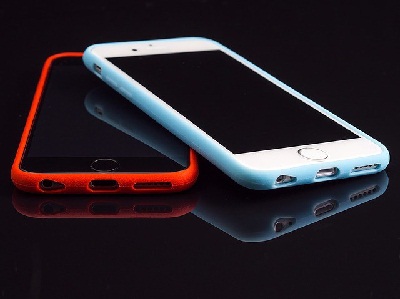Theft of smartphones is a legitimate concern and an endemic that all mobile device owners need to be wary of. In metropolitan areas like New York, roughly 1/4th of all crimes committed are related to mobile phone usage. The statistics are similar for other big cities like Los Angeles and San Francisco. Nationwide, about 113 smartphones are stolen every minute with 1.6 million Americans victimized by thieves trying to steal their device, which are sold like hotcakes in the black market. In order to deter theft, some have advocated a kill switch device that would automatically disable and render the device useless, thus making reselling pointless.
The Argument for a Kill Switch Activation
Some thieves will resort to violence in order to get their hands on anything that can make them money. Unfortunately, there are too many tragedies involving innocent people whose lives were cut short due to robberies gone wrong. One of the most heartbreaking cases is that of Megan Boken, a 23 year-old Volleyball player from Saint Louis University. In August of 2012, Megan was shot dead on her way to her car by a thief who targeted her for her smartphone.
Since the senseless crime, Megan’s parents have petitioned for a law to make it mandatory for cell phone makers to install a kill switch application on all their devices. It makes sense that thieves will stop targeting people for their mobile phones if there is no incentive for stealing them, and if it can prevent another tragedy, then it is certainly something that should be contemplated by every mobile manufacturer.
Downside of Smartphone Kill Switches
No technology is perfect and with the benefits also come some real concerns. Some fear that such technology could pave a pathway for government monitoring and infringe on the privacy of every American without probable cause.
Kill switches are wired to carrier networks, and a device is disabled by the carrier the minute the phone’s Mobile Equipment Identity number turns up on the network. Some people are concerned that giving carriers such controls also give government a tool for spying on its own people. Some security experts also argue that a kill switch would create a field day for hackers and cyber terrorists. People with malicious intentions and the right level of technical expertise can deactivate smartphones remotely.
Why Blocking Signals Doesn’t Work
Traditionally, users can report a stolen phone to their carrier, and the company would have the device blacklisted from the airwaves. However, this method proved largely ineffective as thieves can simply change out the subscriber identity module card embedded in the device. Newer methods, however, disabled the handset itself and not just the SIM card. So far, top phone services like Verizon, Sprint, AT&T and T-Mobile have all agreed to implement this new approach. These carriers also agreed to create a mega database of blocked phones so a stolen Verizon phone, for instance, could not be activated on a T-Mobile account.
A mega database may sound like an effective means of cracking down on phone theft. Unfortunately, the method is far from fail-proof and may actually do very little to deter thieves. It is not uncommon for stolen phones to end up overseas in the black markets of countries like Brazil or China. In this case, the phones can simply be reactivated, and the mega database is practically useless in this scenario. Also, phones that remain within the country can be changed using illegal software tools to alter the phone’s ID number so that the database and carrier does not register the phone as stolen.
A Kill Switch may not be Any More Effective
A proposal for some type of Kill Switch may sound like an awesome idea though the concept itself has some major flaws. Most experts agree that unless there is some way for the phone to physically self-destruct upon being stolen, the device can always be reactivated in some form or another. Most phones can still be made functional by fixing the firmware or installing new OS.
With a mobile phone comes an inherent risk of being targeted. Instead of relying on a kill switch, the best way for consumers to protect themselves is to exercise awareness and recognize the signs of suspicious persons who may be looking to snag their phone. The same goes for those planning on applying for a free government cell phone. Those eligible for such phones also need to take great caution to safeguard their phones from theft.





